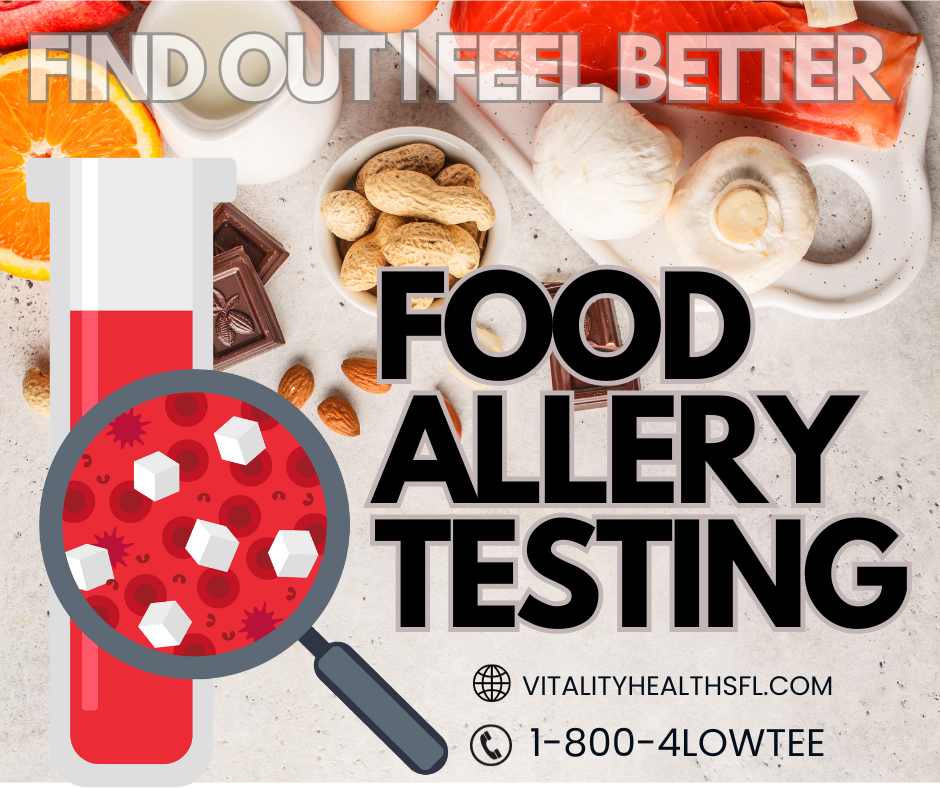
54B, Tailstoi Town 5238 MT, La city, IA 522364
Doxwell & Rehabilitation Clinic focuses on maintaining health for people of all ages, helping patients pain and prevent disease.
54B, Tailstoi Town 5238 MT, La city, IA 522364
Working Hrs : 9.30am to 6.30pm

Food allergies only use one pathway of the immune system. Food sensitivities however can go through two different pathways in your body to cause symptoms. These are known as type III and type IV reactions and involve antibodies (IgA, IgG, or IgM) or white blood cells.
The end result of all food sensitivity reactions is the release of immune chemicals called mediators from your white blood cells. This meditator release ends up causing your unwanted food sensitivity symptoms. You know you have a food allergy when you have an abnormal response to a food that is triggered by your body’s immune system.
In adults, the foods that most often trigger allergic reactions include:

The allergens in food are those components that are responsible for inciting an allergic reaction. They are proteins that usually resist the heat of cooking, the acid in the stomach, and the intestinal digestive enzymes. As a result, the allergens survive to cross the gastrointestinal lining, enter the bloodstream, and go to target organs, causing allergic reactions throughout the body.
Numerous health problems have been linked to food allergies and food intolerances – common everyday problems like:
Each person is different and has an individualized response to food sensitivity reactions. The list of potential symptoms can be quite long. If you suspect that a certain food or foods may be causing or worsening your symptoms, you may want to consider food sensitivity testing.
The MRT food sensitivity panel is the test we use at Vitality Health. It is a blood test that is drawn in the office which analyzes your individual response to 170 different foods and chemicals. Your blood samples are sent to Oxford Labs, who then uses a fancy machine to expose your blood cells to each freeze-dried food or chemical antigen.
Your individualized response is recorded by measuring the size of your white blood cells before and after exposure to each tested food or chemical. The food sensitivity reaction is based on how much your white blood cell shrink. The more they shrink, the more pro-inflammatory chemicals they have released.
MRT is measures your body’s reaction to foods at a cellular level as the white blood cells are exposed to the foods or chemicals. Your MRT results are reported as a color coded bar graph which makes it easy to see the magnitude of your individual response to each food or chemical.
The MRT panel stands out as the best option for testing food sensitivities because it captures ALL types of food sensitivity reactions (type III and IV) by indirectly measuring the release of inflammatory chemicals called mediators. The release of these mediators are what cause the symptoms of food sensitivities.
Most other food sensitivity tests look at one potential pathway of food sensitivities, known as IgG antibodies. Looking at only this pathway doesn’t give us the complete picture. IgG antibodies can increase with normal consumption of certain foods. A positive result on an IgG food sensitivity test may simply indicate that you have recently eaten that food or that you eat it frequently. You may not necessarily have a negative reaction to it!
In our opinion the biggest factor that distinguishes MRT from other food sensitivity tests is the elimination diet protocol that is included with it, it’s called LEAP.
LEAP stands for (Lifestyle Eating and Performance). We use the MRT panel with this elimination diet protocol. Our training allows us to interpret the MRT food sensitivity panel and help guide patients through the LEAP elimination diet.
Treating food sensitivities is more than just avoiding your reactive foods. We work with you to develop a personalized food sensitivity elimination diet based on your MRT results.
The protocol is normally broken into phases over a 2 to 3 month period. Your list of reactive foods will have a green, yellow or red color next to it to determine the severity of the sensitivity. For the first two weeks, you will try to eat 30 of your lowest reactive “green” foods. During this time, many people can experience a reduction of 50%-75% in their symptom frequency and/or severity.
Once you begin feeling better and more stable, we slowly add one food at a time into your diet. We also monitor for any reactions that may occur, and set you up for long term success.
Schedule Your Food Allergy Testing Today
Phone: 1-833-4LOWTEE
Email: info@vitalityhealthsfl.com




